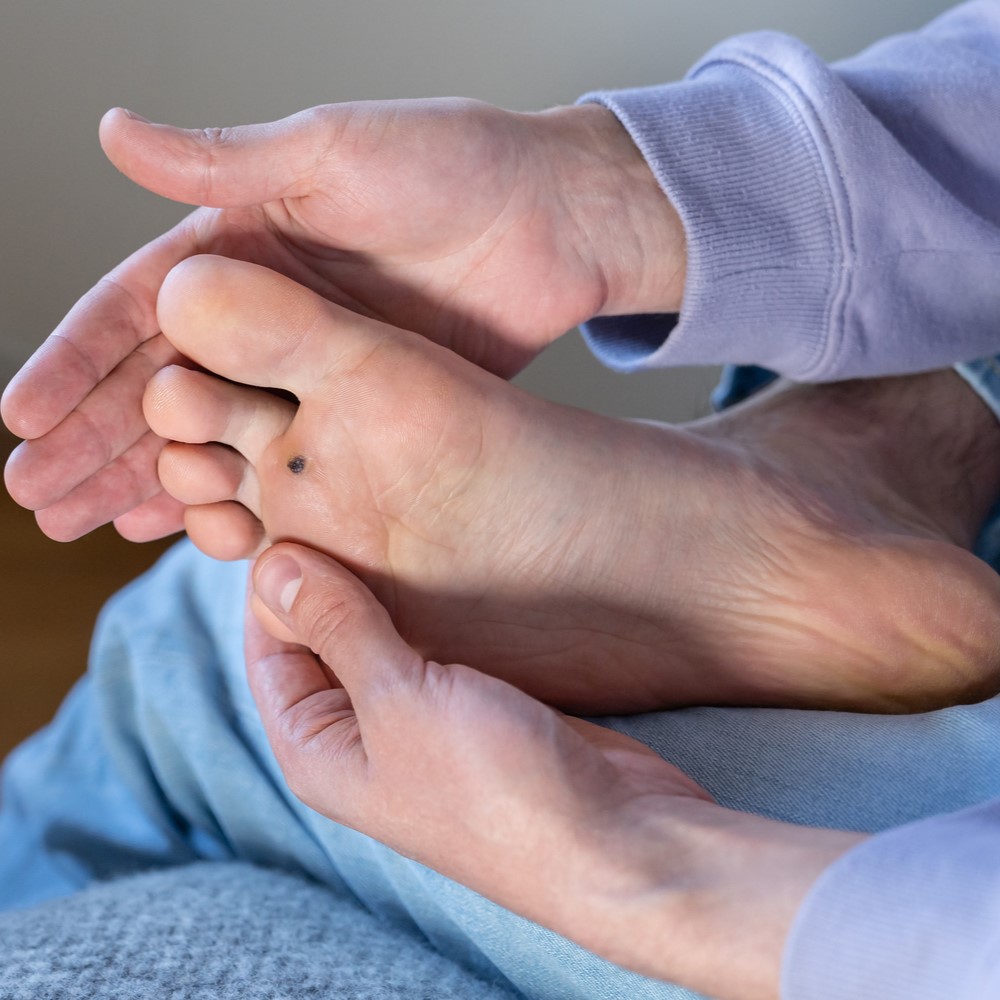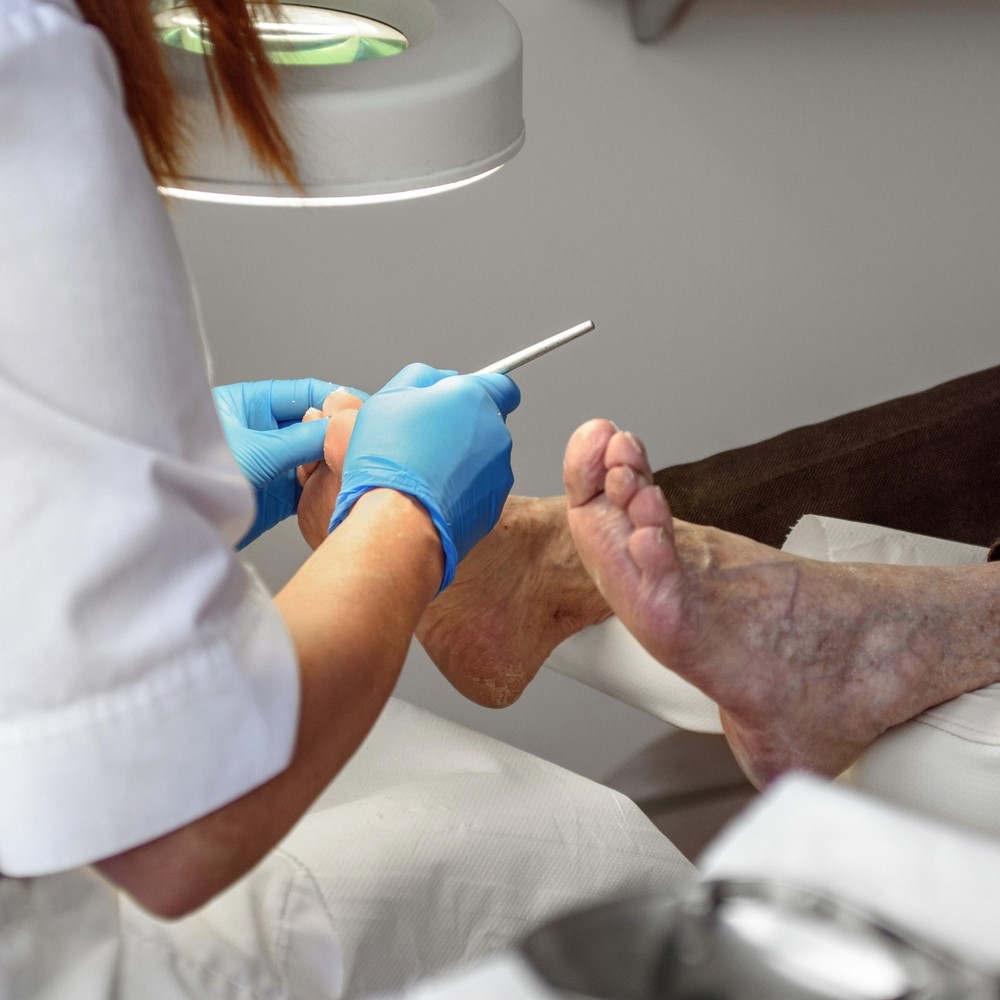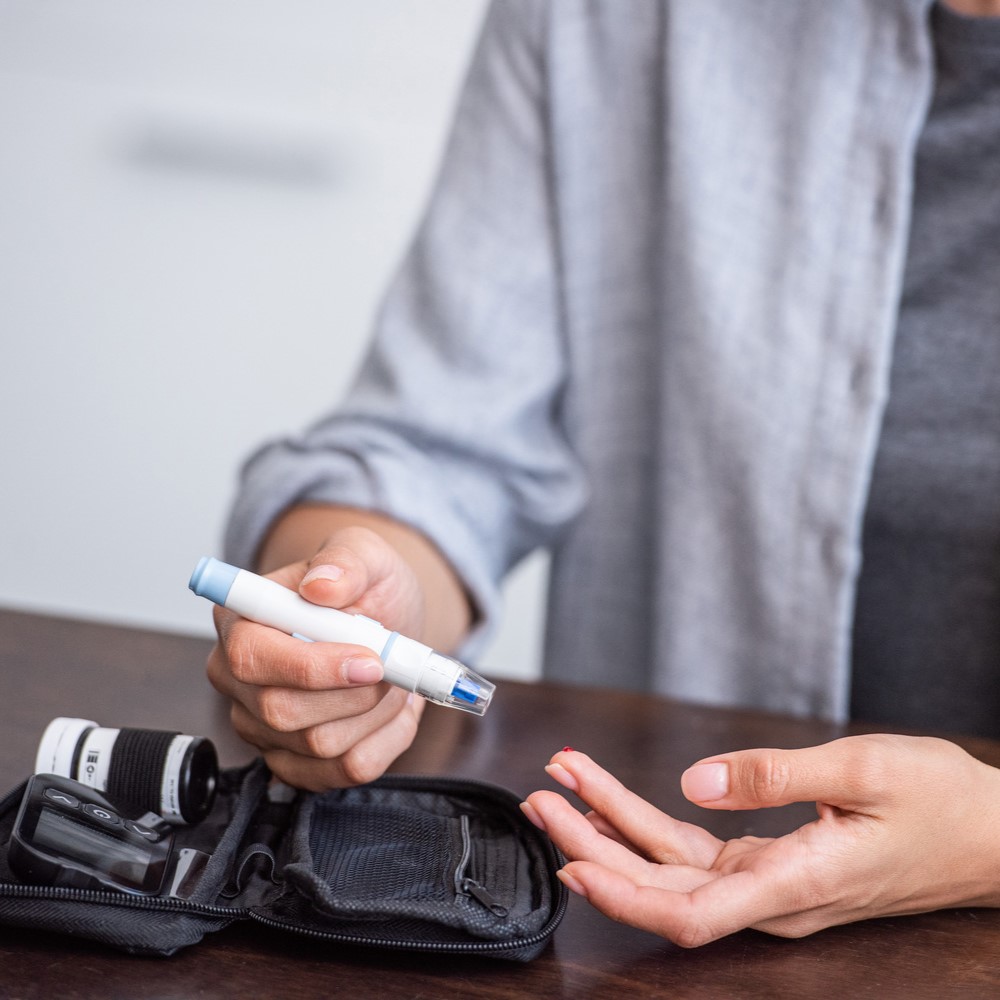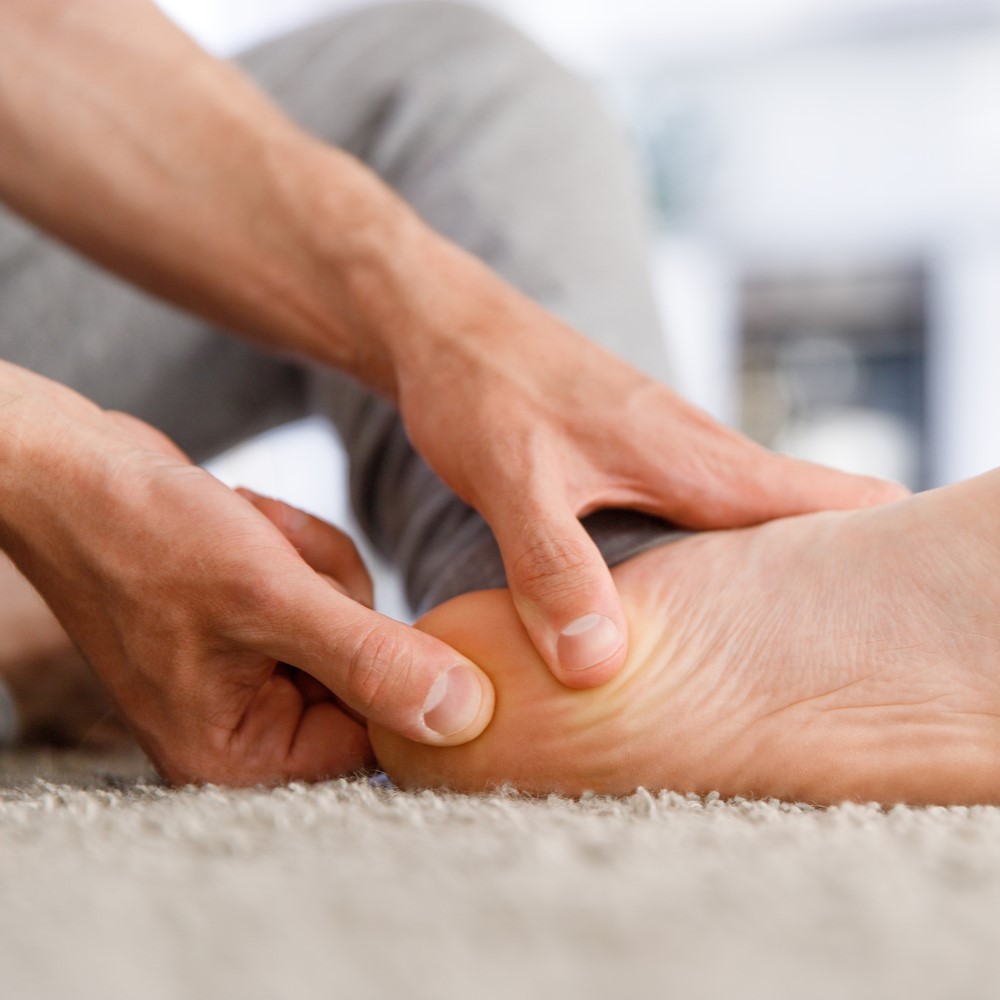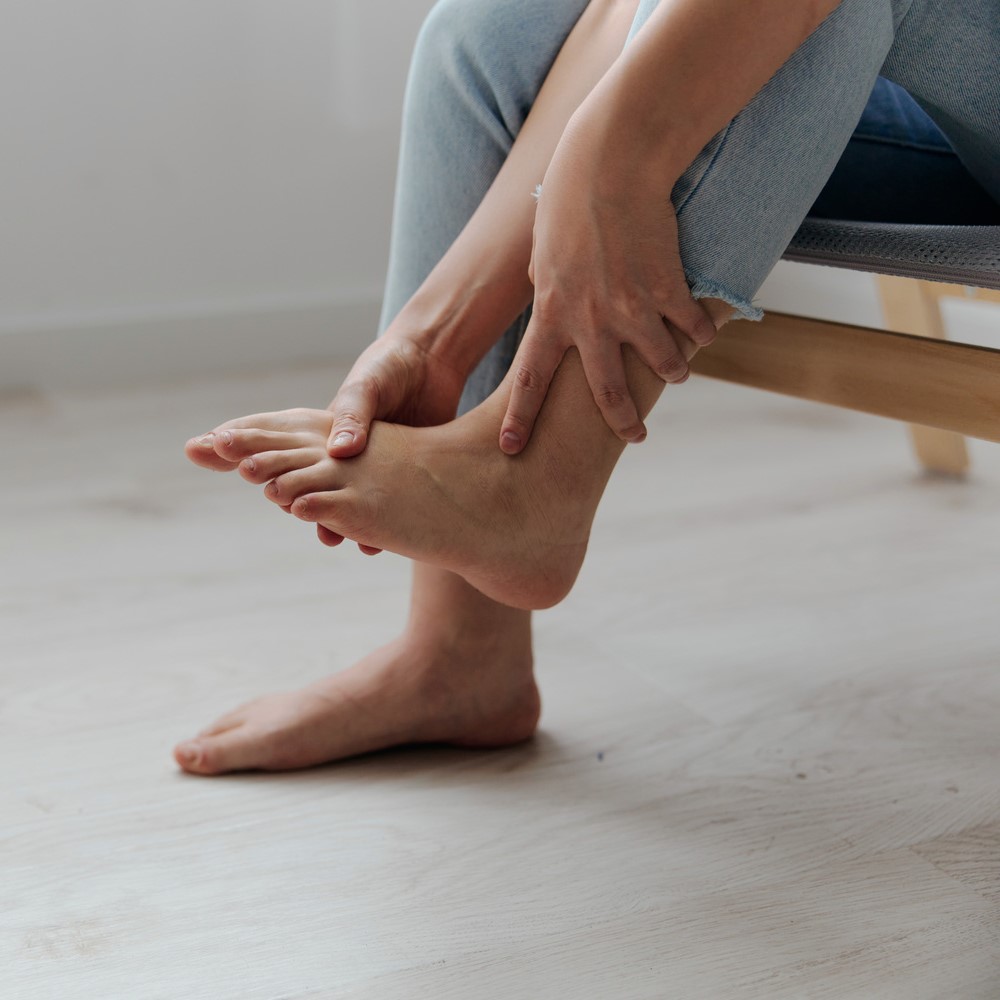Step by step, we navigate through life, relying on our feet to carry us forward. They are the unsung heroes of our mobility, silently supporting us every day. But for those living with diabetes, the story takes an unexpected twist. Diabetes-related foot problems can stealthily creep in, threatening to jeopardize the very foundation we stand upon. So, we will explore the crucial topic of safeguarding your precious feet against the perils of diabetes. Get ready to step up your knowledge and defend your steps against this silent menace. It’s time to take a proactive stance and ensure that diabetes-related foot problems never catch you off guard! What’s Diabetes? Diabetes, a chronic condition affecting millions worldwide, can have far-reaching consequences. People with diabetes are at increased risk for a variety of complications, including foot problems. These problems can significantly impact your mobility and quality of life. However, with proper care and attention, you can prevent or manage most diabetes-related foot problems. Learn more about diabetes. What Is the Common Diabetes-related foot problems? The most common diabetes-related foot problems are: Nerve damage (diabetic neuropathy): Nerve damage can lead to numbness, tingling, or pain in the feet. It may make it difficult to feel cuts, sores, or other injuries, increasing the risk of infection. Poor circulation (diabetic peripheral arterial disease): Poor circulation reduces blood flow to the feet, making it difficult for wounds to heal and increasing the risk of infection. Foot deformities: Foot deformities, such as hammertoes and bunions, can make it difficult to find shoes that fit properly. This increases the risk of friction, sores, and infections. Prevention Strategies To prevent diabetes-related foot problems, follow these tips: Daily Foot Inspections: Dedicate time each day to check your feet thoroughly for cuts, blisters, sores, swelling, or any changes in skin color or texture. Foot Hygiene: Wash your feet daily with mild soap and water, especially between the toes. Dry them completely, including between the toes. Proper Footwear: Choose shoes that fit well, provide adequate support, and have a deep toe box. Avoid shoes that are too tight, too loose, or have high heels. Tips to choose the right shoe. Regular Check-ups: Schedule regular foot examinations with a podiatrist. They can assess your feet for potential problems and provide personalized recommendations. Read on for more tips on tips for proper diabetic foot care. Managing Foot Problems If you develop a foot problem, don’t ignore it. Seek prompt medical attention. Early treatment can prevent the problem from worsening and reduce the risk of complications. Wound Care: Keep wounds clean and covered with dry dressings. Change dressings as directed by your doctor. Avoid using over-the-counter wound care products without consulting your doctor. Infection Control: If you suspect an infection, seek immediate medical attention. Infections can become serious and require antibiotics or other treatments. Lifestyle Modifications: Manage your blood sugar levels effectively. Quitting smoking can also improve circulation and reduce the risk of complications. Regular Monitoring: Continue regular foot examinations and follow your doctor’s recommendations to prevent future problems. Take home message By knowing the risks of diabetes-related foot problems, taking preventive measures, and seeking prompt treatment for any problems that arise, you can maintain healthy, mobile feet and minimize the impact of diabetes on your overall well-being.


